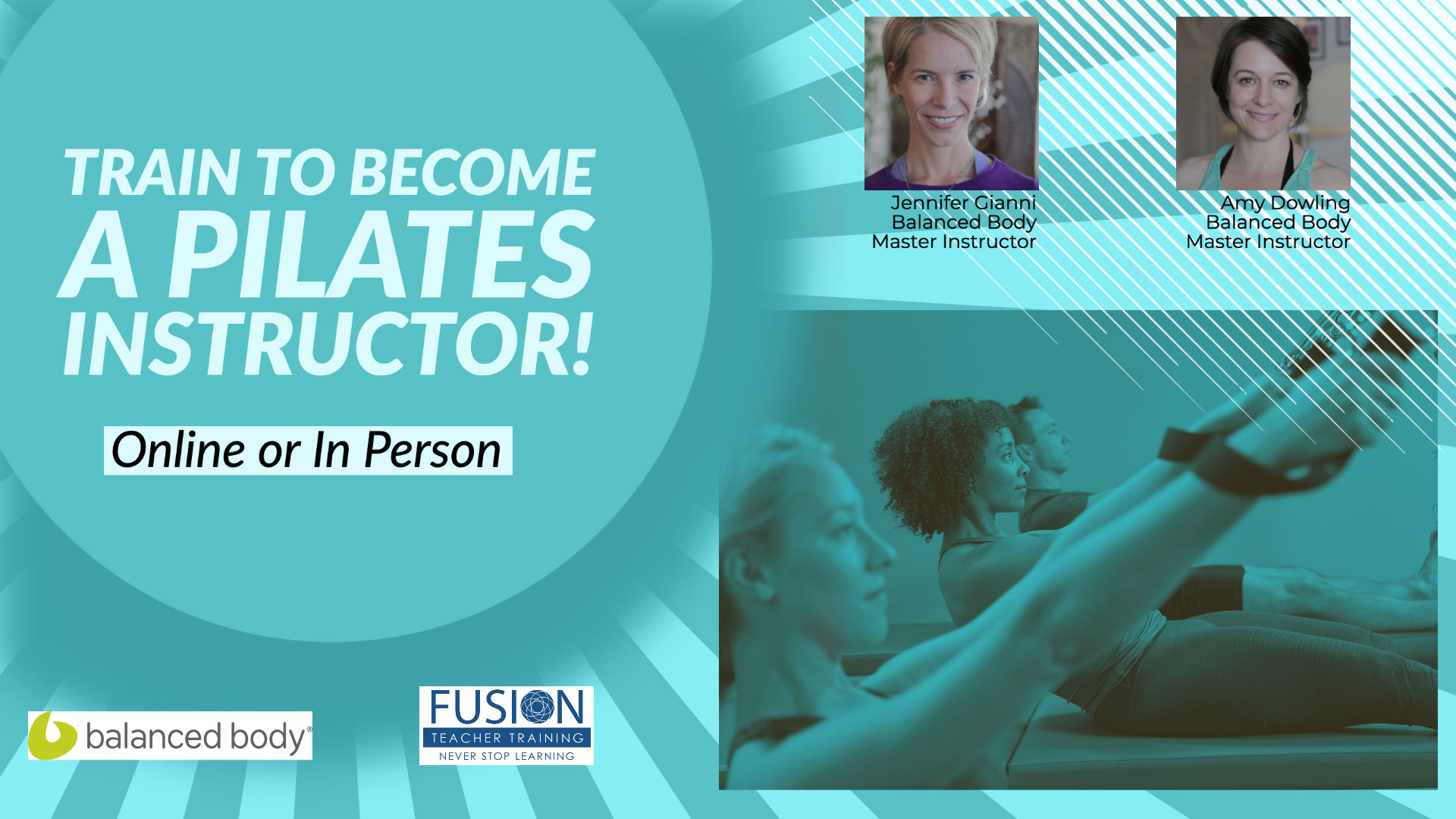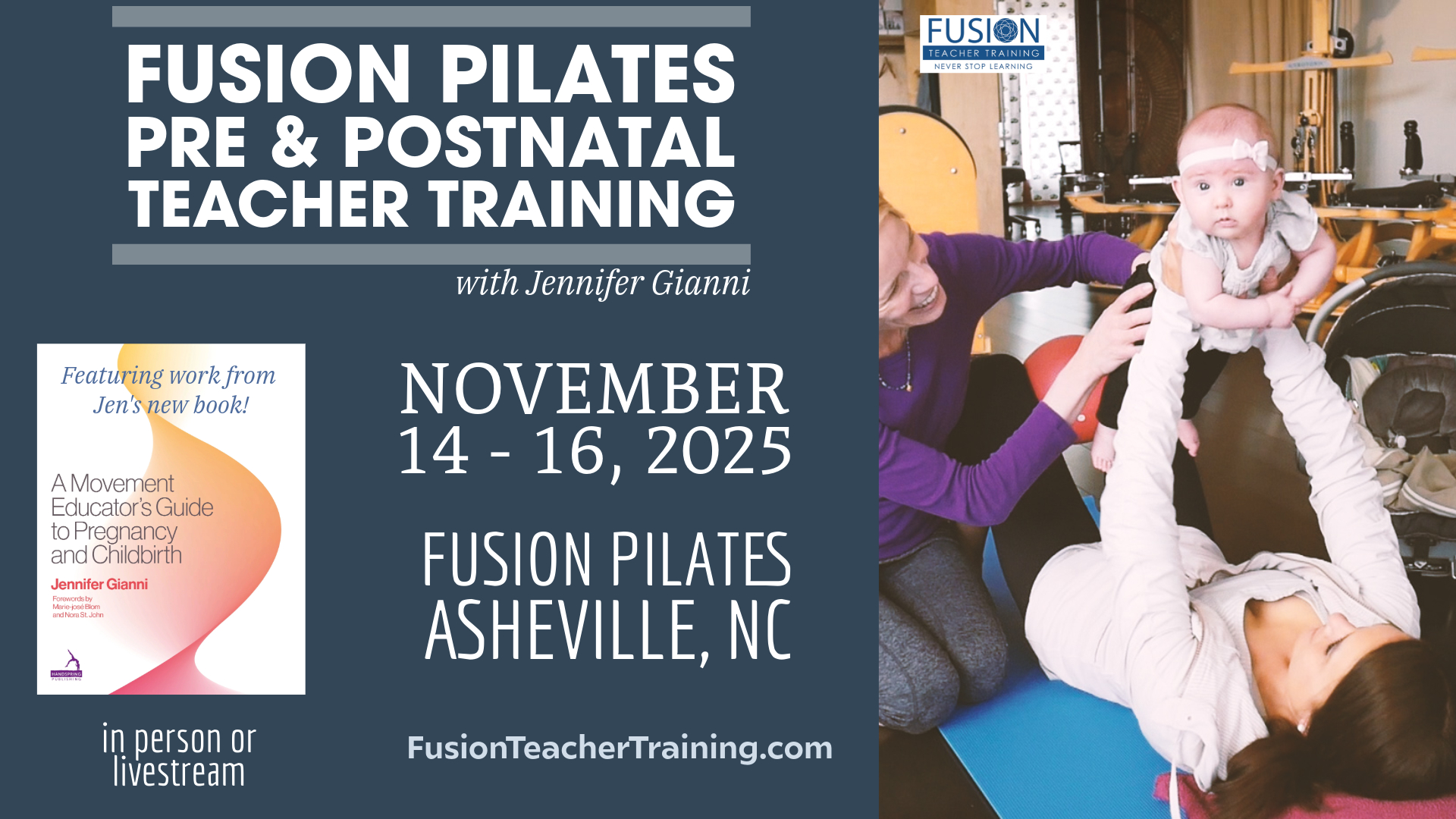 As we have seen in a previous post, our shoulder anatomy is somewhat tricky. In many ways, it is a fragile and weak structure that needs to be very strong and very mobile to perform the many tasks we require of it.
As we have seen in a previous post, our shoulder anatomy is somewhat tricky. In many ways, it is a fragile and weak structure that needs to be very strong and very mobile to perform the many tasks we require of it.
Performing too many of the wrong movements and not enough of the correct movements in the shoulder socket causes many debilitating problems from frozen shoulder to rotator cuff injuries to injuries of the nerves, such as brachial plexus neuropathy (the list goes on and on).
In this entry, we will explore three pre-Pilates shoulder mobility exercises that create space in the shoulder joint. Practiced daily, these can create large improvements in keeping pain at bay and still allow us to perform all of the movements needed during the day.
Exercise: Theraband Shoulder Stretch
This exercise works the rotation of the shoulder joint, creating synovial fluid to help the ball glide better in the socket.
• You can do this sitting up tall on a chair or standing up.
• If standing, make sure you’re not hyper-extending the legs.
• Hold one end of a Theraband in each hand.
• The arms should remain straight throughout.
• This exercise will be easier the farther away the hands are on the Theraband (causing less tension in the band).
• The closer the hands are to each other, the more flexibility will be required in the shoulder socket.
• On an inhale, slowly circle your straight arms up over the head and behind you.
• Exhale and slowly circle the arms back to the starting position.
• Repeat four to six times.
If you experience any sharp pain, grinding, or popping in the joint, stop right away.
Exercise: Wall Shoulder Stretch
• Stand facing the wall with the right arm extended on the wall so that the shoulder is in line with the wrist and the palm is pressing into the wall.
• Gently rotate the feet, hips, and torso and face away from the right arm.
• Hold this position and slowly climb the fingers up the wall. As the hand goes up, the shoulder and scapula should glide down and away from the ear.
• Hold and cycle the breath.
• After ten to twenty seconds, slowly bring the hand down, turn back to the wall and release both arms to your side.
• Switch sides and repeat.
Exercise: Scapula Glide
The scapula must be able to glide smoothly on the back of the rib cage, like a slippery bar of soap, in order for the shoulder socket to function well.
When the shoulder is internally rotated, the scapula glides up toward the shoulder.
When the shoulder is externally rotated, the scapula glides toward the back pocket.
The scapula must be able to glide up, down, together, and apart to keep the shoulder structure healthy and fully functioning.
• Sit up tall on a chair.
• Hold a dowel (or broomstick) with both hands. The dowel should be horizontal.
• Keep your arms long, reaching in front of you so that the shoulder is in line with the wrist.
• During the following exercises, the spine should remain still and neutral and the arms should remain straight.
• Inhale and glide the shoulder blades up to the ears.
• Exhale and glide the shoulder blades into your back pockets.
• Repeat four to six times with the same breath pattern.
• Repeat four to six times with the opposite breath pattern.
• Inhale and bring the shoulder blades together (toward the spine).
• Exhale and glide the shoulder blades down and apart (imagine the bottom tip of the shoulder blade could wrap to the front of the body).
• Repeat four to six times with the same breath pattern.
• Repeat four to six times with the opposite breath pattern.
~by Jennifer Gianni
We hope you enjoyed this post! Leave us your thoughts below.




Leave A Reply (1 comment So Far)
Please - comments only. All Pilates questions should be asked in the Forum. All support questions should be asked at Support.
You must be logged in to post a comment.